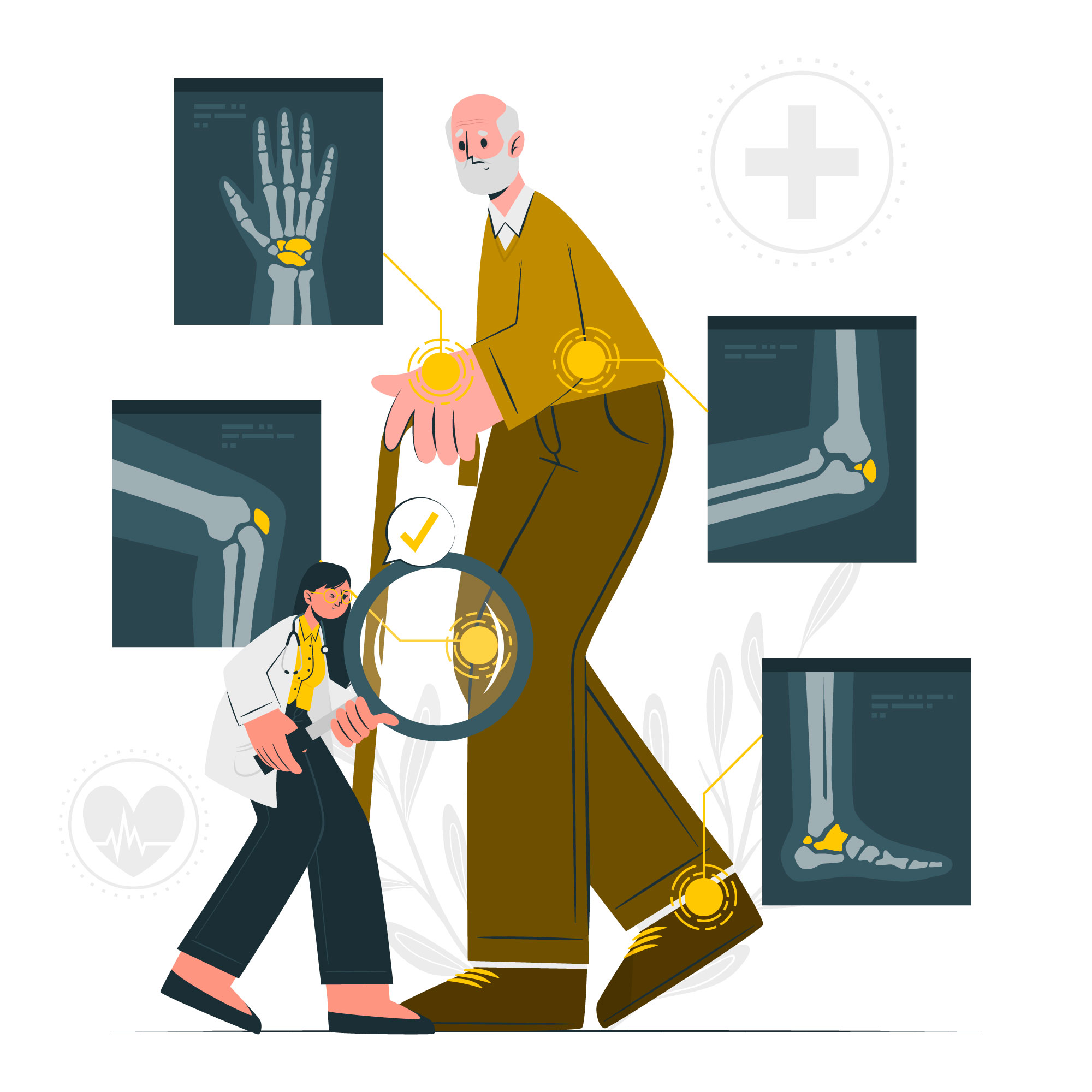
CPPD: The Arthritis That Can Cause Painful Joints
Introduction:
CPPD, or calcium pyrophosphate deposition disease, is a type of arthritis that causes crystals to form in the joints. These crystals can cause pain, inflammation, and stiffness. CPPD is most common in the knees, but it can also affect other joints, such as the wrists, ankles, and shoulders.
Symptoms of CPPD:
The symptoms of CPPD can vary depending on the severity of the condition and the affected joint. However, some common symptoms include:
- Pain in the affected joint
- Swelling in the affected joint
- Reduced range of motion in the affected joint
- Weakness in the muscles around the affected joint
Causes of CPPD:
The exact cause of CPPD is unknown, but it is thought to be caused by a combination of factors, including:
- Age
- Family history
- Injury to the joint
- Certain medical conditions, such as gout and hypothyroidism
Treatment for CPPD:
There is no cure for CPPD, but there are treatments available to help manage the symptoms. Treatment options may include:
- Medications, such as nonsteroidal anti-inflammatory drugs (NSAIDs) and corticosteroids
- Physical therapy
- Injections, such as cortisone injections
- Lifestyle changes, such as losing weight and avoiding activities that put stress on the affected joint
Conclusion:
CPPD is a chronic condition, but it can be managed with treatment. If you think you may have CPPD, it is important to see a doctor for diagnosis and treatment.
I hope this article has helped you understand endometriosis better. You can consult a doctor for more information


